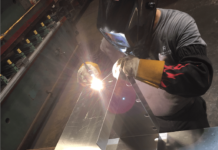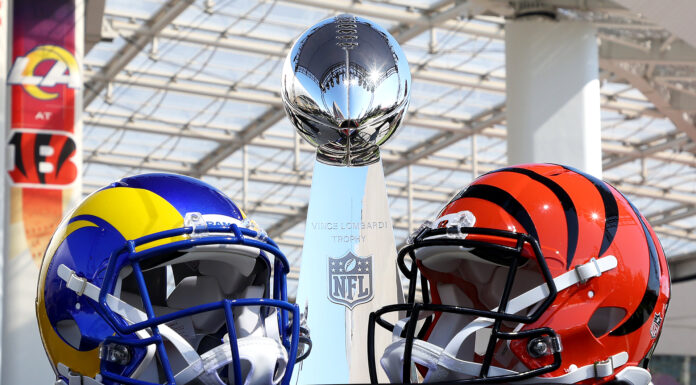Getting a puppy is going to be an exciting experience, but taking great care of a puppy isn’t all about fun. You can also count on some hard work and frustration. You should also expect some surprises. There are a lot of elements of puppyhood that you may not have been counting on. Learning more about what responsible pet ownership entails and making plans for how you’ll provide it can give you more confidence about your game plan for welcoming a puppy into your family.
1. Health Insurance
Getting a health insurance plan for a puppy will allow you to estimate the cost of its medical care with accuracy, and having a plan spreads the expenses out over the first year that you have your pet. For puppies, a plan that includes preventive care and free vet visits is a smart value. It’s a particularly good idea to purchase a plan if you plan on neutering or spaying a dog, but make sure that you wait until a large breed puppy is one year old before scheduling this type of procedure.
You could also purchase a pet health insurance plan that covers accidents and illnesses. Puppies are both accident and illness-prone, so knowing that you’ll be able to afford emergency treatment can offer you a lot of peace of mind.
2. Training
Training a dog isn’t something that happens naturally as it grows up. Dogs can’t figure everything out on their own. They need help to learn the ropes of obedience and understand expectations for their behavior. You need a structured training regimen, and the frequency and consistency in your training will be integral to the efficacy of your efforts. Use a dog training app to create a fixed training schedule and track your progress.
Always use praise instead of punishment to motivate your pup to be the best good boy or good girl it can be. Your dog wants to please you and fit in, but mastering impulse control won’t happen overnight. Be patient, and don’t get discouraged when an excitable and energetic dog doesn’t mellow out right after you start training it.
3. Teething
Puppies’ first set of teeth is extremely sharp. This design helps to encourage the weaning process when they need to transition from a mother’s milk to solids around six weeks. They start to lose this razor-sharp set of teeth starting at around four months old, and their adult teeth are usually done coming in at around nine months old depending on a puppy’s breed.
Unfortunately, teething is just as uncomfortable as you’d imagine it to be. It’s a big part of why puppies have such a strong urge to bite things. If you don’t want your puppy biting all of your personal belongings, you’d better find it some enticing chew toys. When you see that your puppy has gotten a hold of something it shouldn’t, use a toy to distract it rather than sternly scolding it.
Giving your puppy something cold to bite on may offer it some relief while it’s teething. Pick out a toy that you can put in your freezer. Even after your pup is all done teething, a freezable toy may still be one of its favorite toys.
If you notice that part of your puppy’s mouth is very swollen, it may have an impacted tooth and require medical attention. Two teeth occupying the same place are another indication that your puppy is experiencing a problem with teething and needs medical treatment. In some instances, a veterinarian will need to remove teeth when they don’t come out on their own to make way for adult teeth. However, this happens rarely, and it is usually with small breed dogs.
Ultimately, it’s important to remember that the decision to get a puppy shouldn’t be spontaneous. You need to seriously consider the logistics of caring for one before you resolve to bring a puppy home. Understanding puppies’ developmental needs and planning ahead will help you give a puppy a great start in life.

















